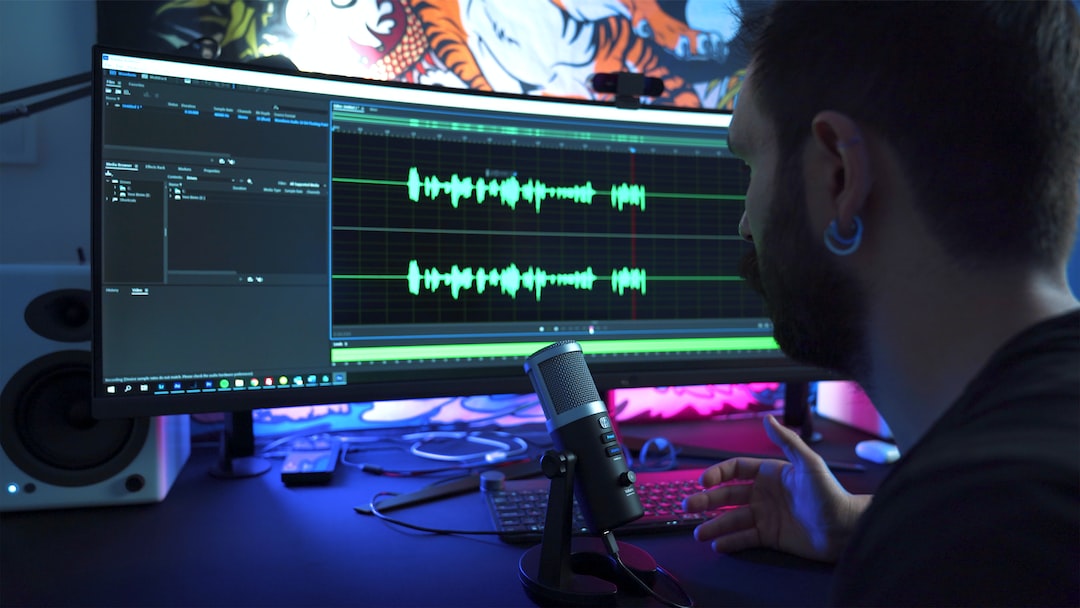The Power of Memes: How They Shape Online Culture
In recent years, memes have taken the internet by storm, dominating social media feeds and shaping the online culture we know today. From hilarious images paired with clever captions to viral videos that capture a moment in time, memes have become a language of their own, transcending geographical and cultural boundaries. But what exactly is the power of memes, and how do they shape online culture?
At its core, a meme is a unit of cultural information that is transmitted through repetition and imitation. It can take various forms, such as images, videos, phrases, or concepts, and often carries a humorous or satirical message. Memes have the ability to capture and distill a feeling or experience that resonates with a wide audience, making them the perfect tool for online communication.
One of the key aspects of memes is their ability to spread rapidly. With social media platforms like Instagram, Facebook, and Twitter, memes can travel from one user to another in a matter of seconds. This rapid sharing leads to the creation of online communities and subcultures, as people bond over shared humor and references. Memes have become a sort of currency on the internet, allowing users to join in on the joke and be part of a larger online community.
Memes also have the power to create a sense of belonging and identity. People often share memes that they relate to, whether it’s a funny image that perfectly captures their mood or a hilarious video that reflects their interests. By sharing these memes, users form connections with others who have had similar experiences or share similar interests, creating a sense of camaraderie. Memes have become a way for individuals to express themselves and find like-minded individuals in the vast landscape of the internet.
Furthermore, memes have proven to be powerful tools for social and political commentary. With their ability to quickly communicate complex ideas in a concise and humorous manner, memes have become a form of protest or criticism. Memes can spread awareness, challenge societal norms, and shine a light on important issues. From humorous takes on political figures to parodies of popular culture icons, memes have become a way for individuals to voice their opinions and participate in online activism.
The power of memes goes beyond just online culture; they have even influenced the offline world. Memes have the ability to shape public opinion and impact real-life events. Take, for example, the “Distracted Boyfriend” meme. Originally a stock photo of a man checking out another woman while his girlfriend looks on disapprovingly, this meme became a viral sensation and was used to critique everything from relationships to politics. It even made its way into mainstream media, with people referencing it in news articles and television shows. Memes have become a part of our shared cultural language and can even change the course of conversations in the real world.
Despite their popularity and impact, memes are often seen as trivial and disposable. They come and go, with new trends emerging and old ones fading away. But this overlooks the deeper significance of memes as cultural artifacts. They reflect the collective consciousness of a generation and provide a snapshot of the time in which they were created. Just as political cartoons have been used throughout history to comment on social and political issues, memes have become the modern-day equivalent, allowing us to engage with and understand the world around us in a unique way.
In conclusion, the power of memes cannot be understated. They have shaped online culture, created communities, and provided a platform for social and political commentary. Memes have become an integral part of our online lives, allowing us to communicate and bond with others through shared humor and experiences. Whether they make us laugh or challenge our worldview, memes will continue to shape and evolve our online culture for years to come.
